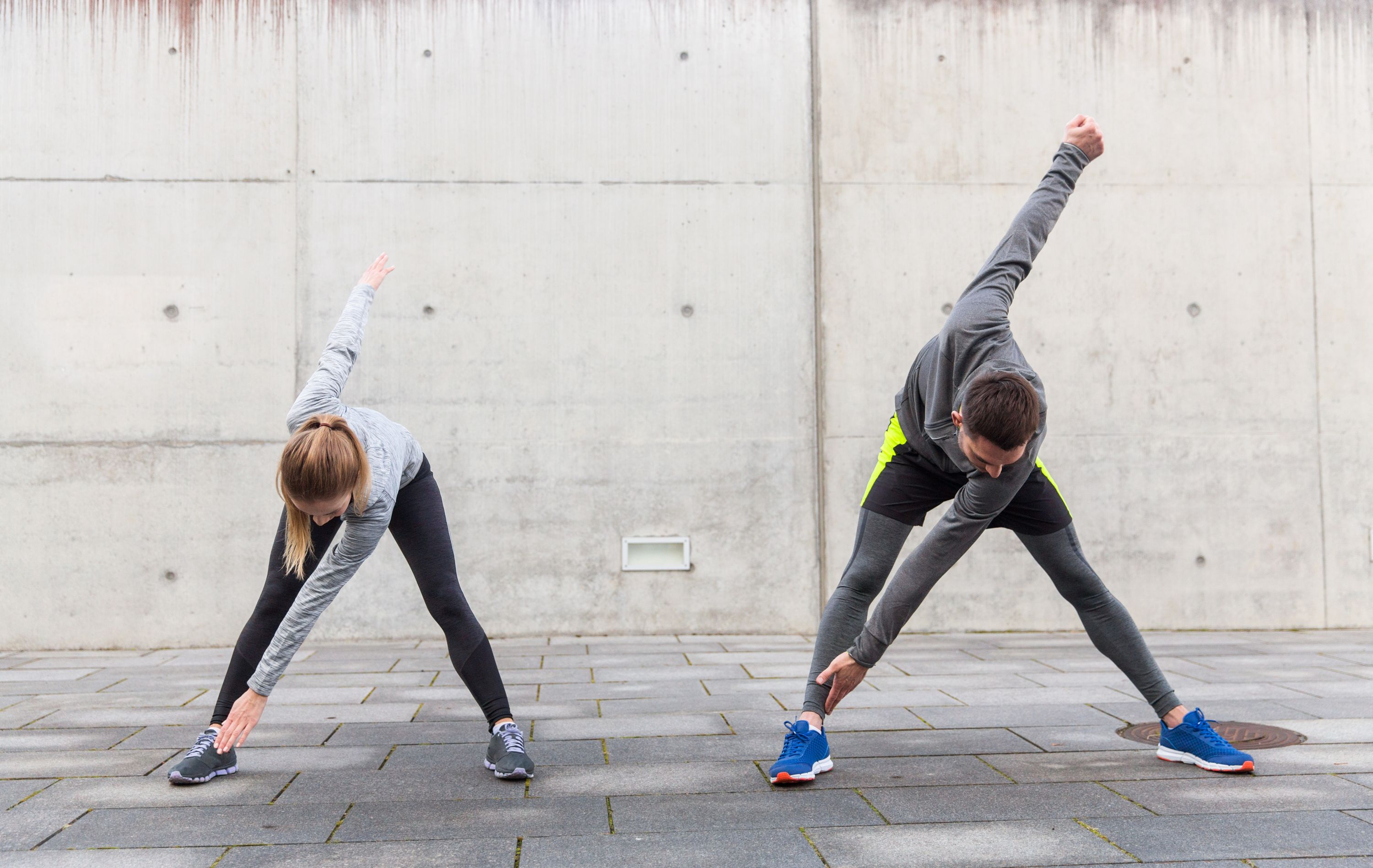
Healthy Habits Before, During and After Exercise
Foto: iStock.com/jacoblund
Your habits before, during, and after your exercise sessions could make or break your fitness goals. These tips will help to maximize your performance.
While exercise alone can work wonders to keep you healthy, there’s far more to promoting lasting health than an occasional intense run or quick workout. You need to implement healthy habits before, during, and after exercising.
In this article we’ll cover the steps you need to take prior to exercising, during your workouts, and afterwards to ensure your long-term health.
Before Exercising
-
Hydrate. Drinking plenty of water or strong electrolyte drinks to improve your hydration status before lengthy training sessions can significantly boost your performance. This is known as preloading and has been thoroughly studied in athletes.
-
Optimizing your hydration maximizes your blood volume, improving cardiovascular function and your muscles’ ability to dissipate heat.
-
Keep your energy levels stable. Most experts recommend eating a small meal containing quality protein, fats, and complex carbs to keep your blood sugar levels stable throughout your workout. Whole grain toast with peanut butter is a great snack option.
- Set time limits and goals. Your pre-workout warming up sessions provide a great opportunity to set time limits and goals. Use science-based information when planning your goals so that you have the right tools and advice to help you reach them.
- Stretch. A proper pre-workout stretch should include dynamic stretches, mobilizing exercises, and light cardio. You can perform lunges, butt kicks, leg kicks and arm circles, and mobility exercises such as walking hip openers to get your muscles and circulatory system prepared.
During Exercising
-
Avoid injuries as far as possible. Some of the most effective ways to avoid injuries include knowing your body and your past injuries, taking the time to warm up sufficiently, and resting between sessions.
-
Listen to your body. While some pain is par for the course when exercising, extreme pain is your body’s way of telling you something isn’t right. If you’re in excruciating pain, you could be at risk of a more severe injury. Likewise, if you feel dehydrated or light-headed, rehydrate or eat right away.
- Pay attention to good technique. Optimizing your stride length, arm use, and head position during workouts will minimize your risk of injury and ensure that you’re gaining the most benefit.
- Proper footwear. Good quality shoes can minimize your risk of injuries and may improve your performance. Check the mid soles of your shoes for damage; if they’re worn, it’s time to invest in new footwear.
- Cross train. Cross training involves regularly switching up the exercises you perform. For example, you might do aerobics classes on Monday, swimming on Tuesday, weight lifting on Wednesday, and so on.
This allows you to choose from a wide range of activities and foster whole-body fitness while avoiding overuse injuries. - Know when to slow down. Prolonged periods of muscle pain, fatigue, declining performance and a compromised immune system are all signs that you need to slow your workouts down. Slow down when you have hit your targets.
After Exercising
- Cool down. After intense exercises like running, cool down by slowing your pace to a walk for 3-5 minutes before completing your workout. Perform major muscle group stretches for about 10 minutes to cool down after a weight lifting session.
- Rehydrate. You should drink between 4 and 8 dl depending on the length, intensity and temperature of the workout. Replacing this fluid is essential to your health, recovery, and future performance. Drinking isotonic sports drinks is a great way to refuel and rehydrate.
- Take off wet clothes and put on dry clothes. Depending on the intensity of your workout, your exercise clothes might be drenched with sweat. Changing into fresh clothes prevents the development of acne, yeast infections, and other unwanted skin conditions.
- Help your muscles recover. You can apply heat pads or ice to tight muscles to reduce inflammation and promote healing, use a foam roller, or have a massage. A protein shake or snack containing a 2:1 ratio of protein to carbohydrates will also speed up muscle recovery rates.
- Give your body the right nutrition. Eating well after a workout is essential for replenishing glycogen stores and facilitating muscle recovery. Eating the right amounts of protein and carbohydrates decreases muscular protein breakdown, increases muscle growth, and enhances your recovery. Don’t make the mistake of reaching for high sugar count foods with little nutritional value. Experts recommend eating a meal of high-quality carbs, proteins and healthy fats within 45-minutes of your workout.
Make The Most Of Your Workouts
You should focus on optimizing your pre-, during, and post-workout regimes to maximize the benefits you gain from your exercise sessions.
Eat well, stay hydrated, give yourself plenty of time to recover, and you will already be well on your way towards your fitness goals.
To the author: Megan Howard started her writing career specializing in educational copy in the fitness industry, covering a wide range of topics. When she’s not writing, you can find her hiking the outdoors or signing up to run a 5K.
This may be of interest for you too



